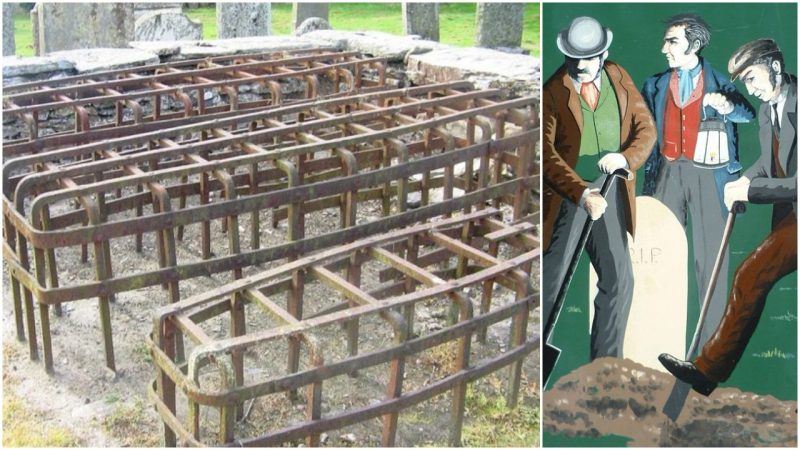Robbing from graves, either to obtain expensive artifacts and personal possessions buried with the deceased or to seize the body itself, has been practiced since ancient times. Many graves, tombs, and crypts were ransacked because of the riches they contained. The best examples are some of the pyramids of Egypt, which were opened and robbed long before archaeologists managed to save their valuable contents.
An important historical factor in body snatching was the development of medicine. In the 18th and the 19th centuries, medical personnel learned anatomy and surgical techniques through dissection. Bodies that they could legally obtain were those of executed criminals and people who donated their bodies. However, those numbers were not large; there were never enough fresh bodies, so a black market for cadavers began flourishing.
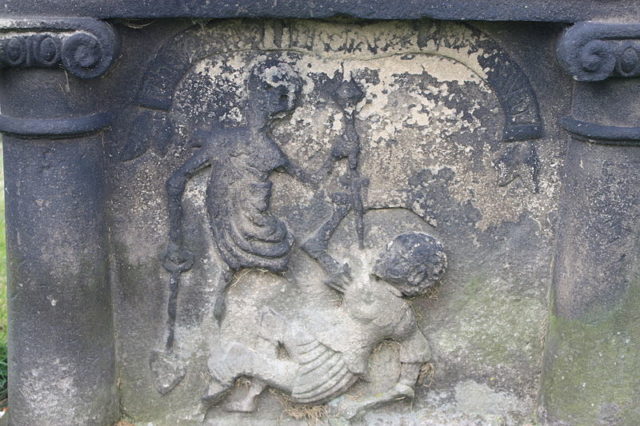
The 1700s and 1800s were not just a time of dramatic industrialization and intense social and economic change. They were also the centuries when the study of anatomy started flourishing around the world, which unexpectedly gave birth to a new profession, perhaps the strangest of all: bodysnatching.
Bodysnatchers, who were also known as the “resurrection men,” worked at night and ransacked the graves of the recently deceased in order to sell them.
The number of medical schools increased significantly in the 18th and 19th centuries, which meant that the demand for cadavers would increase too. On the other hand, the number of executed criminals dropped dramatically in the 1800s when, in many countries all over the globe, notable reforms of the death penalty were being made.
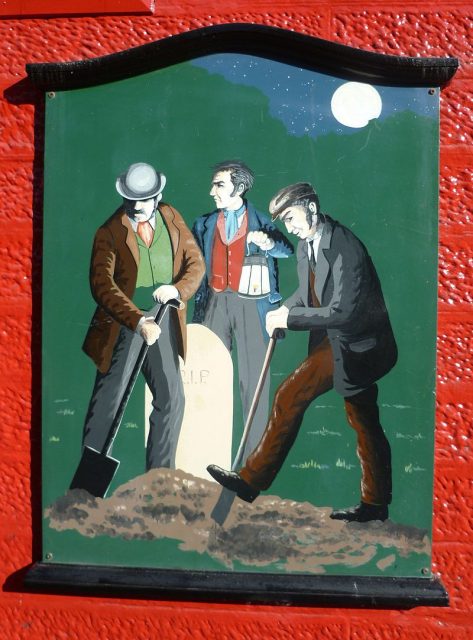
Prior to the reforms, the death penalty could be imposed even for minor crimes, such as burglary or vandalism, which meant that medical and anatomical schools could count on a steady supply of cadavers. However, once the reforms in capital punishment were made, medical schools faced a shortage of the much needed dead bodies–and grave-robbing became one of the few alternatives. Many medical schools began offering generous financial compensations for “resurrected” bodies, and in no time grave robbing reached epic proportions.
Keeping the dead in their graves proved to be quite a challenge back in the days when some of the most important advancements in the study of anatomy were about to be made. There were many ways people tried to defend the graves of their dead, and some interesting inventions emerged. One of the most efficient ones was the “mortsafe,” a cage made of thick iron that enclosed the coffin. One of the popular ones was the coffin torpedo.
The term “coffin torpedo” sounds like it describes a weapon which would launch full coffins at enemy ships, but it was something quite different.
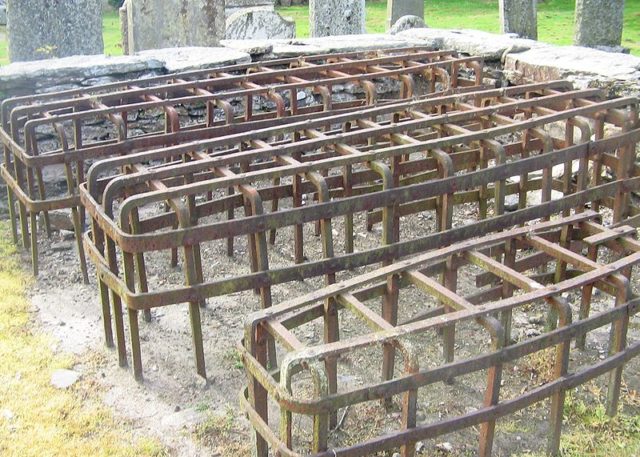
Coffin torpedoes were actually convenient short-barreled shotguns mounted inside the coffin. They were packed with black powder and ignited by percussion caps and were triggered by the raising of the coffin lid. The power of these weapons was immense, and they were stealthy because they were hidden in the coffin. Many “resurrection men” were surely surprised by sudden maiming or even death by these clever contraptions.
Coffin torpedoes were most popular during the late 1860s and the 1870s, after the end of the Civil War in America. These two decades were marked by a staggering increase in bodysnatching. However, by the late 1880s many states had passed laws allowing the medical personnel to dissect the unclaimed bodies of the indigent, so the resurrection men were no longer needed.
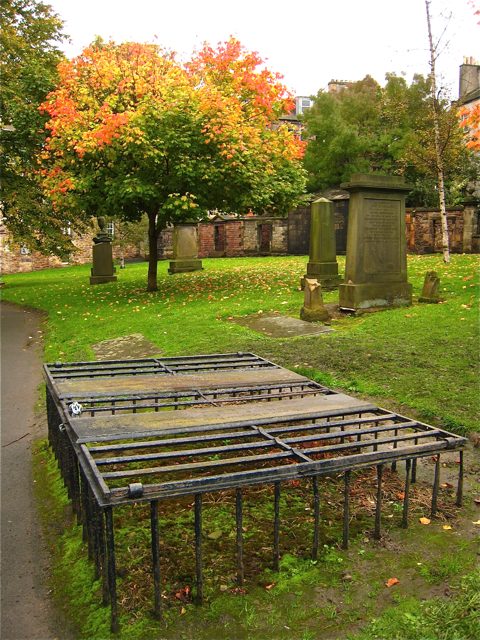
It will never be known how many bodies were snatched throughout history, but it will also never be known how many body snatchers were killed by these dangerous inventions.
Perhaps some unsuspecting archaeologists of the future will even meet the same fate while exhuming some forgotten dead from the 19th century.
